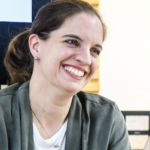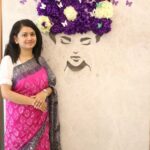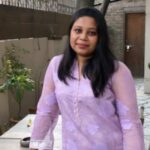1. Greetings and Key phrases
What are the most common greetings in your culture?
Greeting: Shuvo Shokal
Meaning: Good morning
Greeting: Shomossha Nai
Meaning: No problem
Greeting: Apni Kemon Achen
Meaning: How are you?
Greeting: Salamu-Alaikum
Meaning: Hello
What is a typical local phrase?
Phrase/ Sentence: Maaf Koren
Meaning: Pardon me
Phrase/ Sentence: Abar Dhaka hobe
Meaning: Excuse me
Pronunciation: ng ho yi si
Phrase/ Sentence: Dhukkito
Meaning: Sorry
2. A day in your city
What are the most famous landmarks?
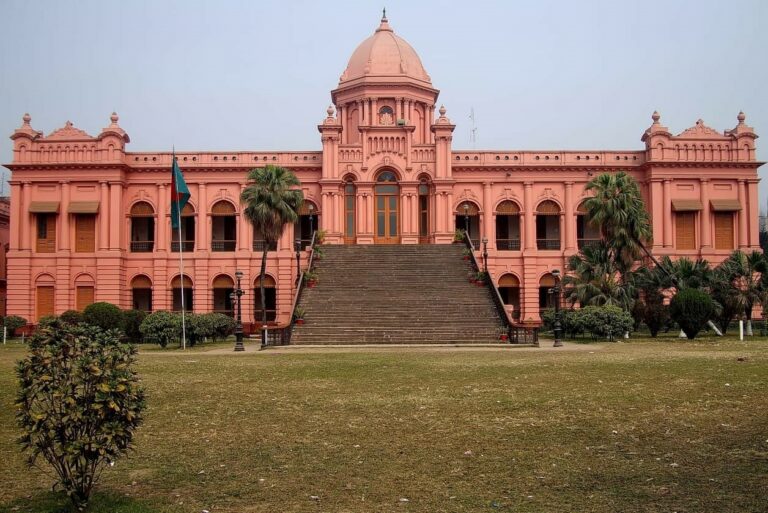
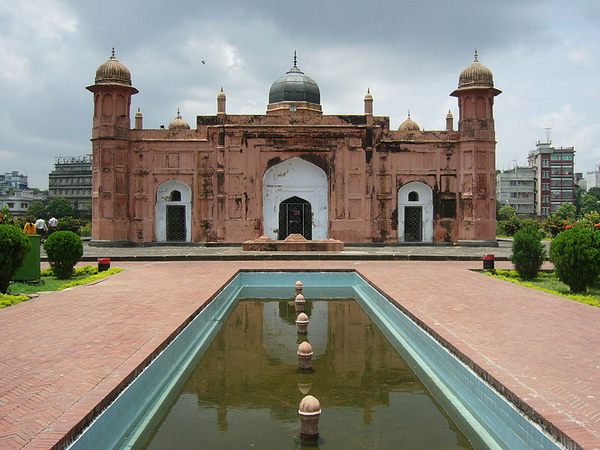
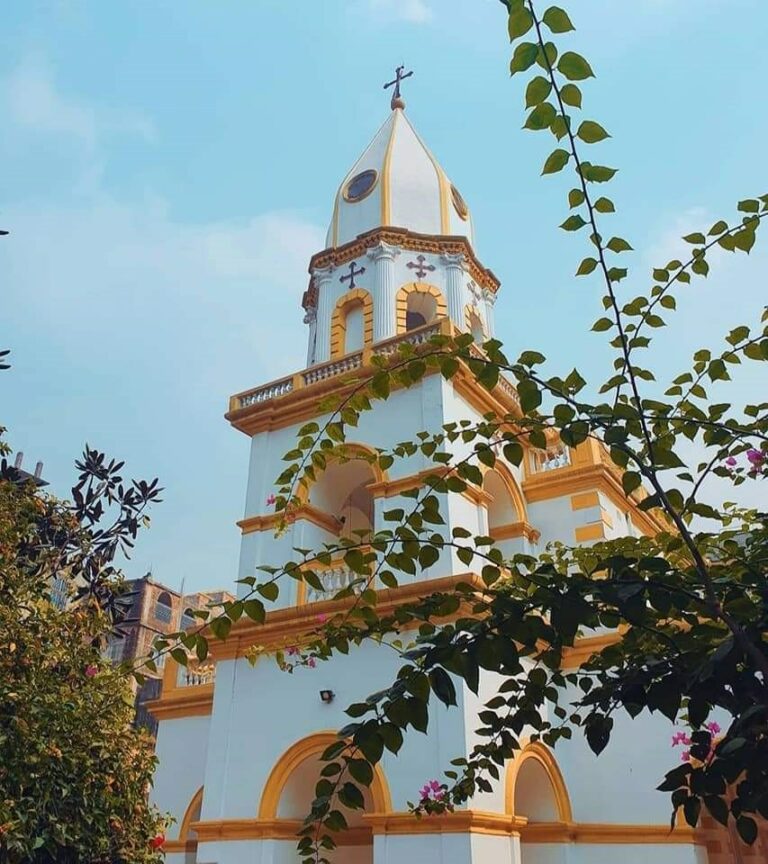
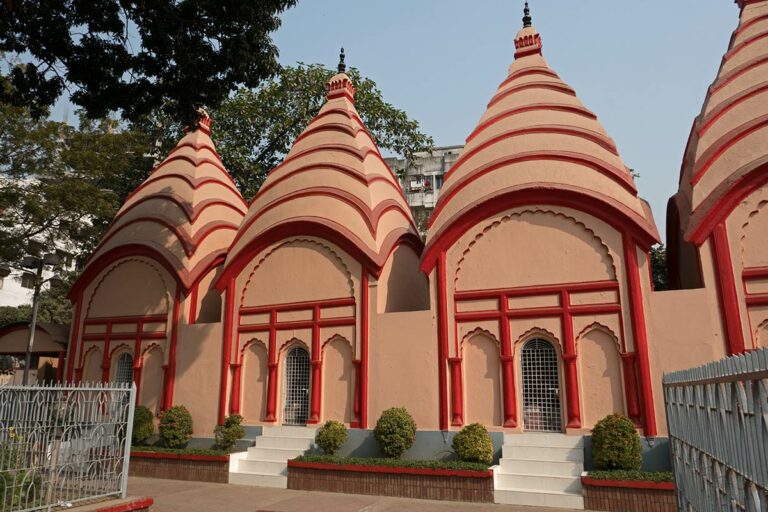
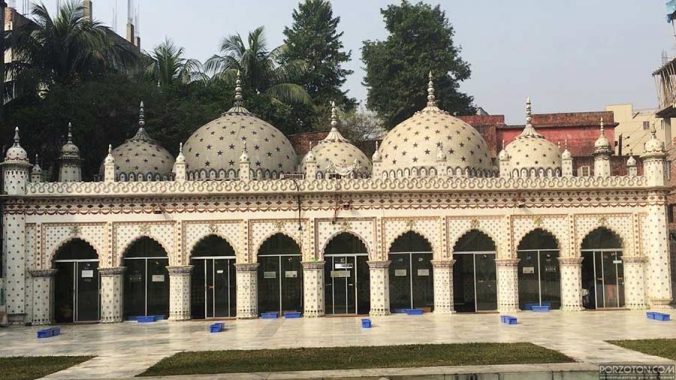
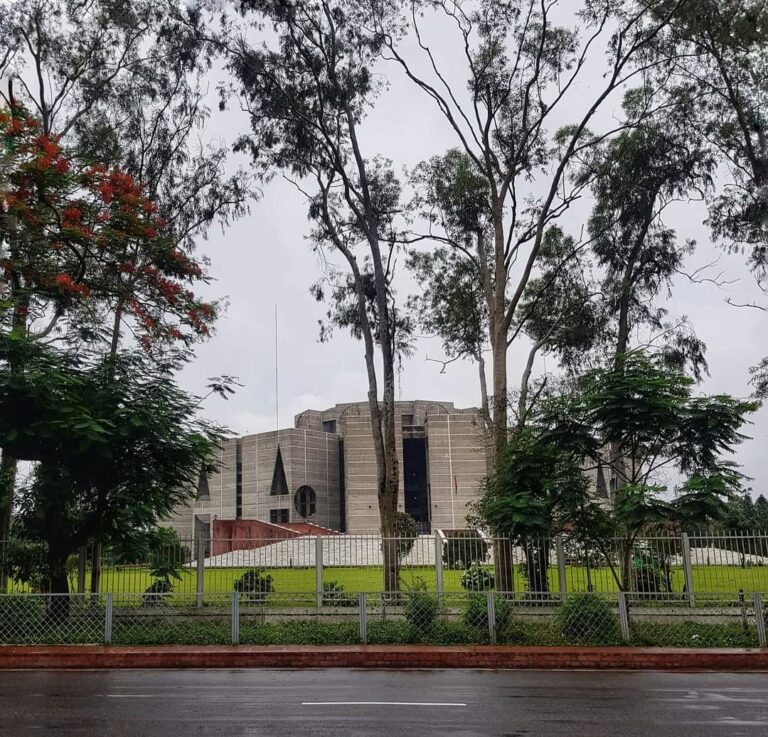
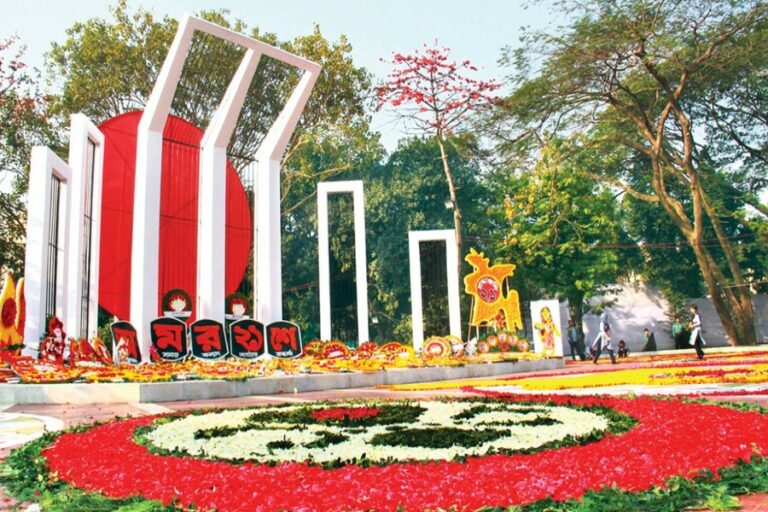
Which are your personal favourite places in the city (insider tip)?
Nushrat: My recent favorite is the Military Museum which captures the birth of Bangladesh, the culture and development so well. You can easily spend 2hrs walking around the place, eat and even catch a movie in the theatre right inside at the end. If we have just a few hours to spare, this is a must try!
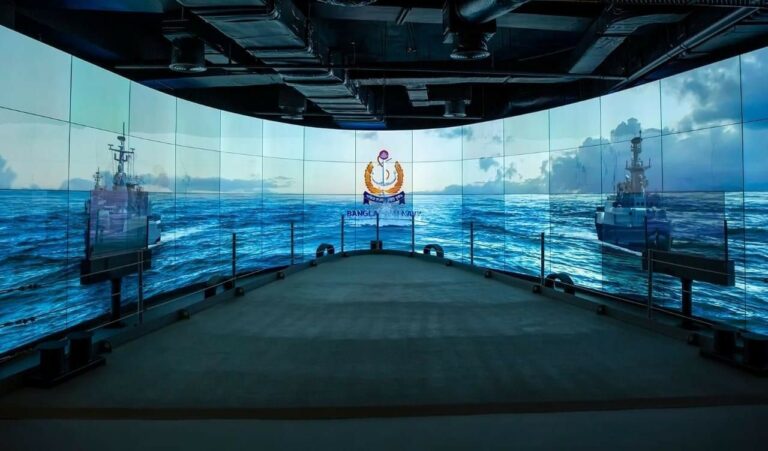
Kimiya: I am an avid animal lover and always recommend everyone to visit our only safari park in Gazipur (in winter) because the summer heat is too much. Eat, take pictures, meet the animals and get a glimpse of our Royal Bengal Tiger!
Faisal: I am a foodie, my favorite thing to do in the city is to go to old Dhaka and do a food tour. Highly recommend to take a local with you if you going there for the first time (or a tour guide). You get to eat at the most famous food of Dhaka and visit the landmarks like Armenian church, Mondir, Pink Palace etc. Takes a whole day, but so worth it!
Shakib – Dhaka University is a must visit! Every corner is full of history and art. The street food, the wall arts, historic buildings and the “tong chaa” (tea) is amazing! If you are lucky, you will even get to catch exhibitions for art, photography, drama etc!
Rana – If you just want to relax on your day off but want to get out of the hotel, get out on a drive, skip the walking if it’s hot. Drive around the parliament house, hit up the go cart place or go to one of the international clubs, get a drink, swim! Or just take a rickshaw ride around!
Is there any interesting way to get around in your city/country?
- We do not recommend using other means of transport than office & hotel-provided vehicles.
- Rickshaws are very common in Dhaka, if you want to experience a rickshaw ride, we recommend trying it for short distances only.
What items should I not forget to bring when traveling to your country?
- Mosquito repellent
- Sunscreen, cap, umbrella
- Fanny pack (keep your belongings safe)
- Voltage/Socket converter
What should I avoid when travelling to your country?
- Wearing shorts & shoes in mosques.
- Wearing sleeveless & short dresses- for the one identified themselves as female.
- Avoid tap water.
- Uncooked vegetables if it is not in a recommended restaurant & hotel.
3. Culture
What is the traditional and the modern costume/dress in your country?
Bangladeshi people have unique dress preferences. On religious and cultural occasions, Bangladeshi men traditionally wear panjabi. In rural areas, Bangladeshi men wear lungis as casual clothing, while for formal occasions, they wear shirts and pants or suits.
(Mithi)
In Bangladesh, women wear sharee, the traditional dress, and some wear salwar kameez. In recent times, young generation prefer western outfit for regular wear. Whereas, Tribal fashion and its trend depend on their culture, language, religion, and tradition, which are identical for an ethnic person or group.
Do schools require uniforms in your country? If yes, what do they look like?
In our country from Pre-school to 12th Standard all students need to wear uniforms though there are exceptions in the rural areas.
What music (and dances) represent your local culture?
Music in Bangladesh can be divided into three distinct categories -classical, folk and modern.
The classical music, both vocal and instrumental is rooted in the remote past of the sub-continent. Ustad Alauddin Khan and Ustad Ayet Ali Khan are two names in classical instrumental music who are internationally known.
The store of folk song abounds in spiritual lyrics of Lalan Shah, Hasan Raja, Romesh Shill and many anonymous lyricists. Bangla music arena is enriched with Jari, Shari, Bhatiali, Murshidi and other types of folk songs. Rabindra Sangeet and Nazrul Sangeet are Bangalees’ precious heritage.
Examples:
Classical forms of the sub-continent predominate in Bangladeshi dance. The folk, tribal and Middle Eastern traits are also common. Among the tribal dances, particularly popular are Monipuri and Santal.
One fun fact about your country
Smiling mild nature happy & resilient people despite living in hardship in the most densely populated country in the world with lot of natural calamities and low income.
What famous invention or something interesting is originally from your country?
Our country’s famous inventions are:
- Ore saline
- Microcredit
What are the special colours in your country/culture?
Colours often have meanings attached to them. some common hues reflect our culture and history!
Red evokes a sense of glory, uprising, and rebellion. Red reminds us of the bloodshed which our forefathers had to bear for the independence of this nation.
As the song goes, ‘Purbo digonte, shurjo utheche, rokhto laal rokhto laal rokhto laal’.
And it is hard to imagine red without green, with the latter resonating with the rich vegetation of our beautiful country.
Red and green, together, has sealed our identity as a people. This set of colours is ubiquitous, from the national flag to fashionable attires and sports jerseys — a nation united.
Another colour duo is the red-and-white, often seen in the attires donned during Pahela Baishakh (Bengali New Year)
What are the lucky and unlucky numbers in your culture?
Bangladesh don’t have any number myth, there are many popular superstitions. though there are some funny things, they believe it, because those superstitions were found from their inheritance.
Let’s see some sample of those superstitions…
- You should spend the first day of New Year very well. Otherwise, your all days of whole years would be bad. Here it indicates that wearing good cloths, eating good food.
- If you choke in the time of eating, somebody is criticizing or telling something bad about you.
- If you see your face with broken pieces of looking glass or mirror it would bring bad luck for you.
4. Food and key dishes
What are your favourite local dishes that I should try in your country?
Khichuri: As Lutfa shared her favourite local dish is Khichuri which is a dish made of rice and lentils with numerous spices & variations.
Places to find: Premium Sweet, Lucknow.
Pitha: Pitha which is one of the most popular rice cake in Bangladesh and all-time favourite dish of Sajid as he shared.
Places to find: Pitha Ghor, Hello Dhaka.
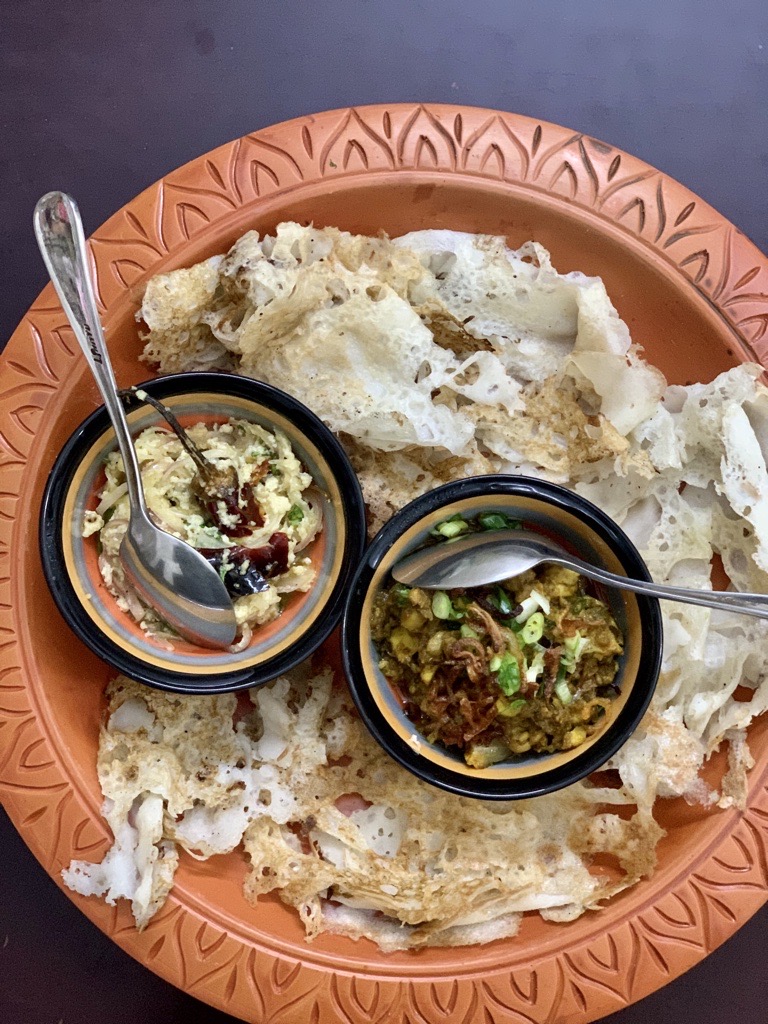
Fuchka: Fuchka is a type of snacks originating in Bangladesh, where it is an extremely common street food and a also favourite local dish of Kimiya. It uses spiced mashed potatoes as the filling. It is tangy rather than sweetish while the water is sour and spicy.
Places to find: Dhaba, Fuchkawali, Premium Sweets.
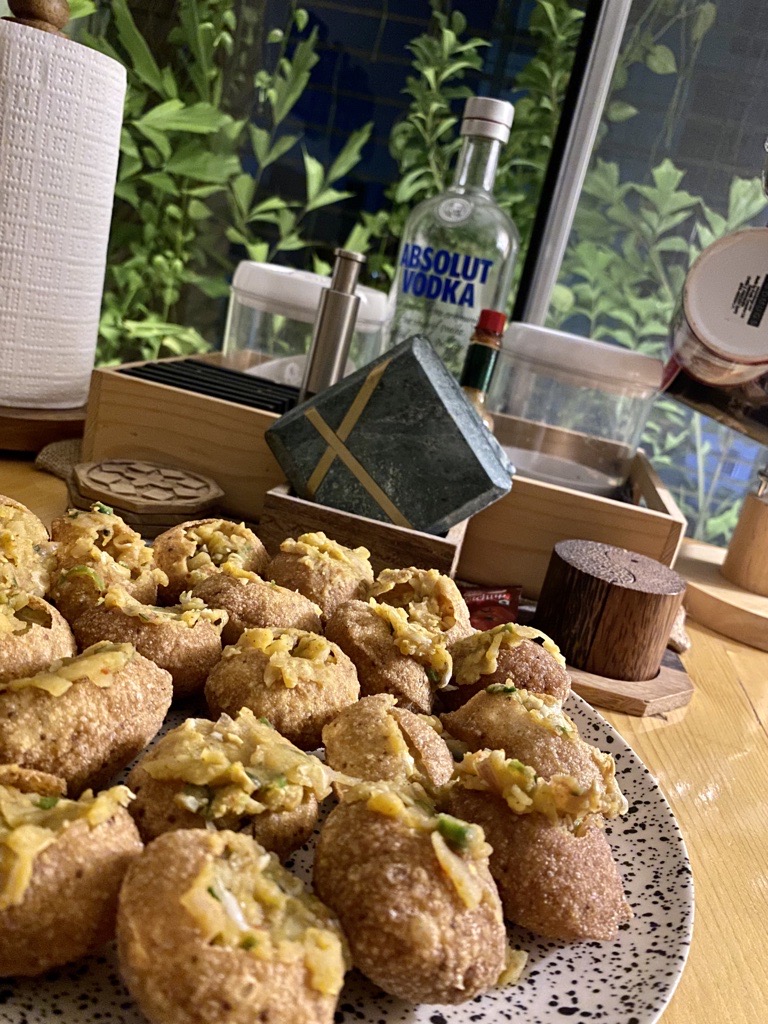
Singara & Chai: Singaras have an earthy taste from the potatoes and seasonal vegetables, and they also have a crunch to them. It goes perfectly with hot cup of chai as Nushrat shared. Chai means a tea with milk in it.
Places to find: Cha & Chill, Premium Sweets.
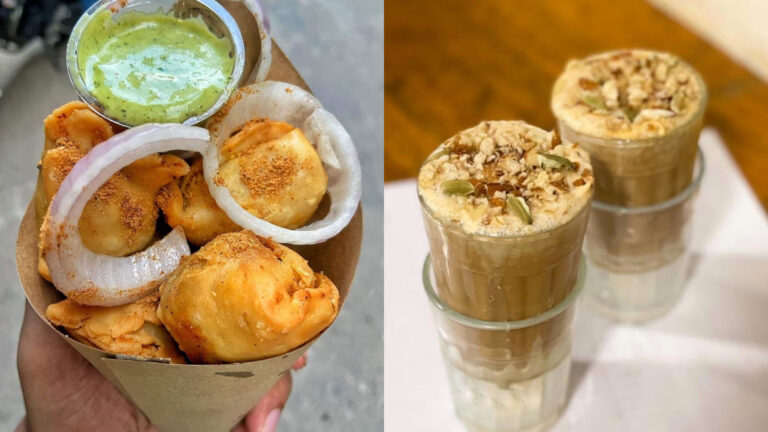
Jilapi: Jilapi is a favourite dessert of Sharmin Probha, made by deep-frying maida flour (all-purpose flour) batter in pretzel or circular shapes, which are then soaked in sugar syrup.
Places to find: Jilapi House, Mithaiwala.
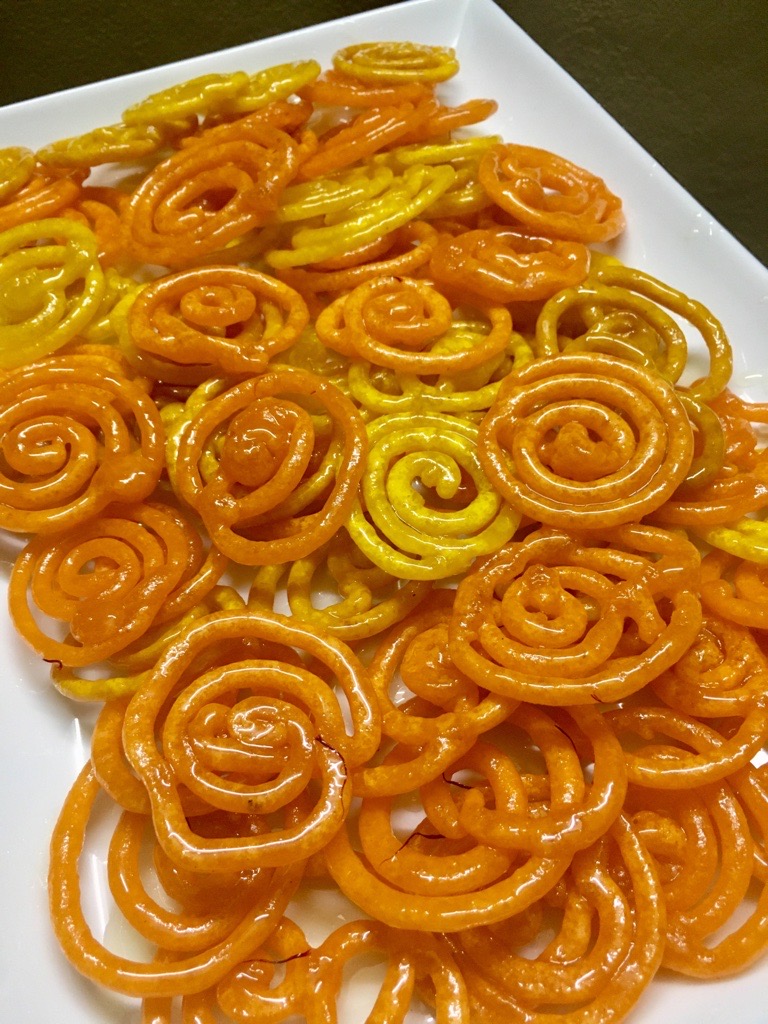
Where do local people usually buy food ingredients?
- Unimart
- Shwapno
- Agora
5. Souvenirs
What gift should I bring back to friends and family?
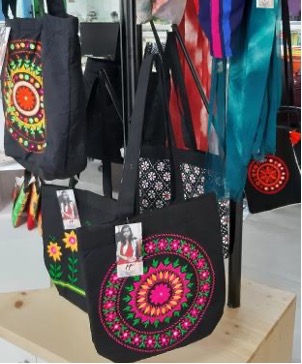
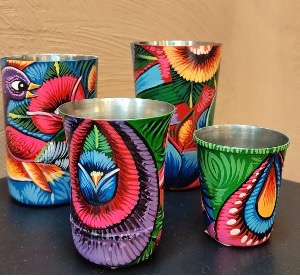
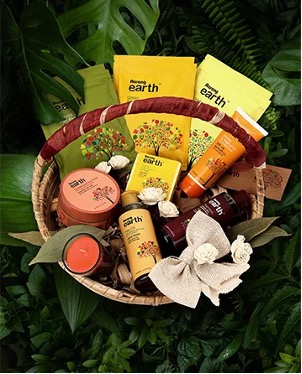
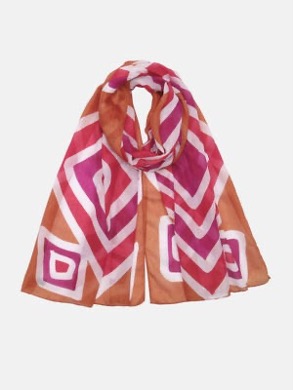
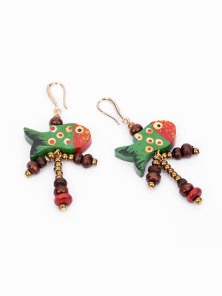
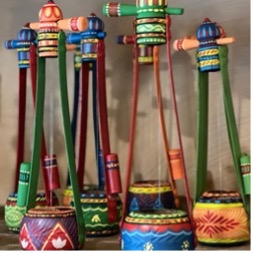
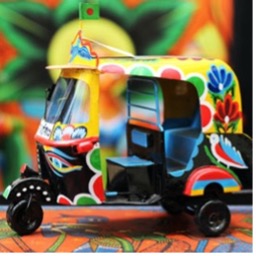
Where: Jatra, Aarong, handcrafted items done by Maer Achol children (available in OI Dhaka office 7th floor, or in the shelter)

